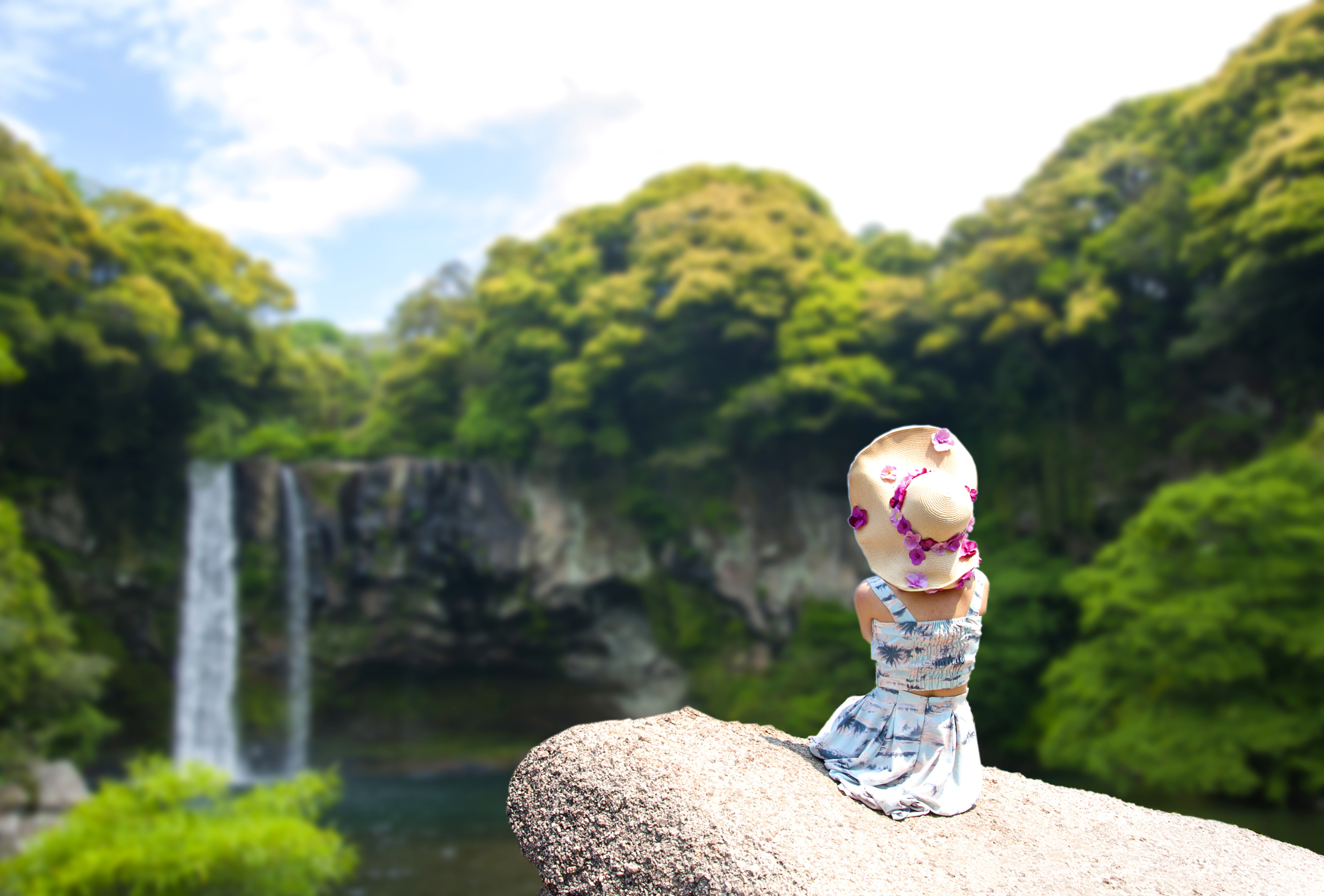Title: “Kayamata: The Sweet, Secret World You Never Knew You Needed”
There’s a word I’ve been hearing tossed around lately. It’s kind of a mystery, something whispered behind closed doors, with an air of fascination and, dare I say, a little bit of taboo. That word is kayamata. Now, I don’t know about you, but when I first heard it, I thought it was some kind of exotic dance, a rare fruit, or maybe a hot new social media trend. Turns out, it’s none of those things. In fact, kayamata is something far more intriguing than I initially imagined.
So, grab your favorite cup of tea, sit back, and let’s dive into the world of kayamata. I promise, by the end of this post, you’ll either be completely mesmerized or wondering why you never stumbled across this topic before. Either way, I guarantee you won’t look at sweeteners—or relationships—the same way again.
So, What Exactly Is Kayamata?
First, let’s address the question that’s probably on your mind: What the heck is kayamata?
It’s not a trendy dance move or a weird fruit, as I suspected. Kayamata is actually a term that originated from Nigeria. It refers to a range of natural aphrodisiac substances that are often used for their purported ability to enhance romance and attraction. In some cases, people also use kayamata to improve their relationships or even to make their partner feel more deeply connected.
It’s a blend of herbs, roots, and other natural ingredients, sometimes mixed with sweeteners, spices, and oils. The idea is that these concoctions can help make someone’s emotional or romantic life more “spicy,” shall we say. Sounds like something out of a fairy tale, right? Or perhaps the secret ingredient in every romantic comedy?
But here’s where it gets really interesting: Kayamata isn’t just a one-size-fits-all remedy. It’s a cultural, social, and even somewhat spiritual practice that has deep roots in African traditions, specifically in Nigeria. While some might use kayamata to boost attraction and intimacy, others might use it for spiritual or healing purposes.
The Secret Sauce of Kayamata
Now, I know what you’re thinking—herbs and roots? Is this some kind of magical potion?
In a way, yes. Kayamata has been described as a “secret weapon” of sorts, especially in the world of love and romance. The ingredients used can vary depending on the specific purpose or desired outcome, but here are a few that are commonly known:
- Honey: The sweetness of honey is believed to symbolize love and affection. But beyond its obvious sweetness, honey is often used in kayamata blends to attract positive energy and harmony in relationships.
- Cinnamon: Ah, cinnamon. If you’ve ever smelled the warm spice, you’ll know it evokes a sense of warmth, comfort, and desire. In kayamata, cinnamon is often used to intensify passion and attraction.
- Cloves: These little spices are known for their rich scent and their ability to invoke emotional and physical connection. In kayamata, cloves are said to bring about closeness and attraction between partners.
- Ginger: Like cinnamon, ginger is spicy and bold. It’s often included in kayamata recipes for its reputed ability to increase physical desire and passion.
- Herbs like Scented Leaves: Different herbs and leaves are also part of the mix, some of which are believed to have healing properties, while others are used for their purported ability to calm or soothe the soul.
But wait—this is where things get a little bit more mystical. While these ingredients might sound like something you’d find in your kitchen pantry, kayamata has evolved into a highly personalized ritual for many people. Some may use it in the form of oils, others as powders, and some even as syrups.
There are even kayamata sweeteners. Yes, you read that right. In fact, there are certain people who use kayamata as a sweetener for food or drinks—infusing their meals with both literal sweetness and a bit of metaphorical magic. In fact, it’s been claimed that using kayamata sweeteners can deepen a relationship, drawing people closer and intensifying the emotional connection.
Kayamata and Love: A Little Extra Help from Nature
Let’s be honest—romance isn’t always as easy as it seems. We all want that connection, that spark, but sometimes it’s hard to make it happen. Whether it’s the daily grind, old wounds, or just the complexities of human relationships, we don’t always feel like we’re in the mood for love. And that’s where kayamata comes in.
Kayamata isn’t necessarily a quick fix, but many people believe that it works on an energetic and emotional level. The idea is that, when used properly, kayamata enhances the chemistry between two people, allowing them to unlock a deeper level of emotional and physical intimacy.
For example, some people use kayamata products to spice up their romantic relationships. The idea is that, by using natural aphrodisiacs like cinnamon, ginger, and honey, couples can reignite that initial spark of desire, or simply reconnect emotionally.
But here’s the twist—kayamata isn’t just for people in relationships. It’s also used by those who are seeking love, those who want to attract positive energy into their lives. Kayamata is a way to help clear the path for love to find its way into your life.
The Spiritual Side of Kayamata
If you thought kayamata was all about love and lust, think again. While it is widely used for romantic purposes, kayamata also has spiritual significance. In some cultures, it is believed that kayamata can help balance energies, remove negative forces, and promote general well-being. Some believe it can help manifest desires, attract good fortune, and even heal emotional scars.
It’s a multifaceted tradition that combines love, healing, and attraction into one potent package. Kayamata represents a belief system that goes beyond the physical and taps into the unseen, the spiritual forces that guide our relationships and our emotions.
The Controversy Around Kayamata
Of course, like anything with a little bit of mystery, kayamata has not been without controversy. Critics argue that it plays into an idea of manipulation, particularly when it comes to relationships. Some suggest that it could potentially lead to unhealthy attachments or an imbalance in power dynamics between partners. Others, however, see it as a cultural practice that’s been passed down through generations, a part of an African tradition that connects people with nature and the energies that surround us.
Whether you’re for it or against it, it’s clear that kayamata is more than just a trend. It’s a part of the complex, intricate world of love, attraction, and spirituality—a blend of nature and energy that, for some, offers a sense of control or understanding in the sometimes unpredictable world of relationships.
Should You Try It?
Here’s the thing: Kayamata isn’t for everyone, and it’s not something you need to rush out and buy just because it sounds intriguing (though I admit, I was curious at first). Like any product or ritual, it’s important to approach it with mindfulness and respect. Whether you’re using it to boost attraction, increase intimacy, or even attract good energy into your life, remember that it’s a personal choice.
Ultimately, the power of kayamata lies in its symbolism: a reminder that sometimes, love, connection, and attraction are a little bit of mystery, a little bit of magic, and a whole lot of nature. If you’re looking for something to spice things up, or maybe just to bring a little more love and energy into your life, kayamata might just be the little push you need.
But, like everything in life, it’s not just about what you use or what you apply—it’s about the intention behind it. Whether you’re lighting a candle, stirring a pot, or sipping tea, it’s the energy you put into the world that truly makes a difference.
So, what do you think? Could kayamata be the love potion you didn’t know you needed? Or is it just another trend to be skeptical of? Either way, one thing’s for sure: the world of love and attraction has never been so full of fascinating possibilities. And if you ask me, it’s definitely worth exploring.


